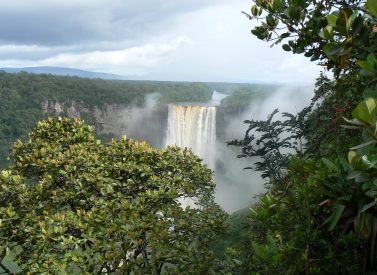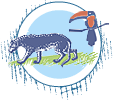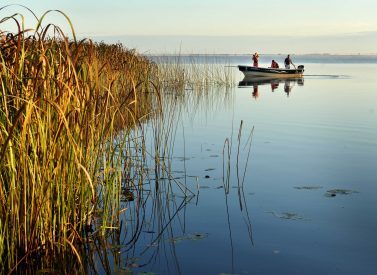
Iguazu Falls Tour
Tour the Iguazu Falls, some of the most beautiful waterfalls in the world.
Iguazu Falls a must-see for any visit to Argentina and indeed Brasil, where they are known as the Foz de Iguaçu.
The waterfalls are made up of some 275 individual cascades which line the rim of a crescent-shaped cliff about 4km/2.5 miles long.
From here, the waters plummet up to 82m/269ft into the gorge below, in one of the most dramatic settings in Argentina.
This thunderous roaring of Iguazu’s waters can be heard from miles away. Read our blog for more as well as our guide on when to go to Iguazu Falls.
More about Iguazu Falls tours
We give you a local, private, English-speaking guide to ensure that your visit to this unique site is special.
They will get you to the best spots at the best times and help you take the best photographs.
We include a full day to explore the Argentine side, where the Falls are very interactive and the water flows large.
Also included is a half day’s tour in Brasil, from where the photogenic face of these majestic Falls is revealed.
There are many attractions at Iguazu. Water sports enthusiasts can find good canoeing and kayaking above the Falls.
There is also considerable interesting sub-tropical rainforest and there are plenty of wildlife and interesting plants to see in the area.
Trip Highlights
Print Share Download as PDF-
Get close to more 275 different waterfalls along 2.7km, and can see surges of water of up to 450,000 cubic feet per second during the rainy season.
-
Visit The Devil’s Throat, a U-shaped water fall some 82m/269ft high, 150m/490ft wide and 700m/2,300ft long waterfall.
-
Visit the Argentina side for an up close and interactive experience - go to the Brazilian side to get the panoramic photo.
-
Individual falls are up to 82m/269ft in height. The majority are about 64m/210ft.
-
Iguazu are second only to Victoria Falls in size - but many say Iguazu is more beautiful.
-
Spring (Sep-Nov) and Autumn (Mar-May) are great times to visit for water flow. Summer (Dec-Feb) is, too, but it is also warm.
The trip was great and we enjoyed the falls very much. Both of our guides were great also, very professional and helpful.
So thanks for your help in getting this tour organised.
Limngeun, Iguazu Falls
Full Itinerary
Day 1: Arrive Puerto Iguazu airport (Arg), arrival transfer to hotel
Met on arrival and transfer to your hotel and the afternoon free to relax.
We can arrange trips on arrival if you wish.
Day 2: Full day tour, Argentina side, hotel (B)
Today we enjoy a full day tour of Iguazu, concentrating on the Argentine side.
We pick you up from your hotel and take you to the entrance to the Falls, and the entrance fee to the national park is included.
Our tour includes three different paths, the order of which your guide will choose depending on weather conditions etc.
Upper walk: A walk of 500m, lasts about 45 minutes seeing the Two Sisters, Bosseti, Adam and Eve, Bernabe Mendez, Mbiguá and San Martín falls from the upper part. (1.8km, 2 hours).
Lower path: Walk around 1,300m of footpath which lasts 1.5 hours. You see the falls from the middle – you might get wet. (1.75km, 1.5 hours)
Devil’s Throat: Hop aboard a little train, and go 4km to Devils Throat Station, at the upper part of the Iguazu River. From here, you walk on a bridge (walkway) that leads to the balcony of Devil’s throat. The most spectacular view. (1.4km, 1.5 hours)
Other trails (not included):
Green Trail: 650m, 15 minutes
Macuco Trail: 3.5km, 180 minutes
Below is an extension you can add on this same day (not included in price):
GRAN ADVENTURE: (1 hour): Combines a jungle trip with a sailing to the Falls.
Start with a trip through the rainforest of the National Park in a 4 x 4 jeep. Then, take a zodiac boat upstream in the lower Iguazu River, reaching a panoramic view of the Falls – then finishing with a trip directly under the falls.
Whichever way you choose to explore the Falls, at the end of the day’s trip, we take you back to Iguazu and your hotel.
Day 3: Half day tour, Brazilian side, transfer to airport in Argentina or Brazil, ends (B)
Get your camera ready for today’s tour because the Brazilian side of the Falls offers spectacular vistas of Iguazu (known as Fog do Iguaçu in Brazil).
We set off early with out guide and cross the border from Argentina into Brazil, then enter the Falls (entry fee included).
From the Brazilian National Park you have a panoramic view of the Falls – you can see the 3 kilometres of Falls, which features 270+ cascades.
You have 1,000 metres of easy walking – it takes about 1 hour, finishing in the canyon of the Devil’s throat.
Next we take you to airport to continue your travels.
Head back to Argentina if you wish to catch a flight to another Argentina destination.
Or fly from the Brazilian side of the Falls (must depart after 16.00) if you wish to fly on to Rio / Brazil.
Prices From $650 / £528 per person
What's Included?
3* hotel with breakfast, transfers, trips as described, park entry fees.
What's Not Included?
Meals other than breakfast, flights (we can look for these), airport taxes, insurance, tips, alcoholic and soft drinks, local Iguazu hotel taxes, personal items
Accommodation
Comfortable 3 star hotel either in Iguazu town, or in the rainforest just before town.
We can quote in other district and categories to suit your specific needs.
Different itineraries are possible with varying durations and hotels from 3* to 5*.
Tour Staff
Tour guides and drivers are locals from Argentina, who live and work in this fantastic country.
They help to show you the hidden corners and their favourite parts of these magnificent waterfalls.
Meals
We can cater for almost all dietary requirements – please ask.
Meals included are buffet breakfasts at hotel, where teas, coffees, cereals, yoghurts, toasts etc. are available.
For all other meals you be able to choose where to eat – there are some cafes in the Falls themselves.
Iguazu town has a range of places to eat, from fast food to cafés to BBQ and pizza places and some fine dining restaurants, too.
Activity Level
Walking tours in Argentina usually occupy a morning and afternoon and require you to be able to be on your feet for a few hours each time. The walks are easy, but can be slippery underfoot. Some of the walkways go over water.
There is a short jeep ride through the rainforest available, too, as well as a boat that will take you under a waterfall for a soaking!
Don’t forget to take a poncho / clothes you don’t mind getting wet in, as there is a lot of spray around Iguazu and the Falls.
Practical Information
Introduction to Argentina
Argentina is a land of contrast.
Nothing states this better than the fact it features the highest point in the South America, Aconcagua, and the lowest, Salinas Chicas, 40m below sea level.
Its vastness – it is the eighth largest country in the world – and diversity are just part of the appeal. A fantastic culture of fine wine and dining sits alongside its adventurous and beautiful landscapes.
The local’s cheery disposition and fantastic word plays add to the enjoyment of being in this fascinating country.
The name Argentina derives from argentinos, the Ancient Greek diminutive (tinos) form for silver (argentos), which is what early Spanish explorers sought when they first reached the region in the sixteenth century.
There are distinct regions of Argentina, from the Andean culture of the North West to the rancho lifestyle of the plains of Patagonia to the eternally seductive Buenos Aires.
Geography of Argentina
Argentina’s neighbours are Bolivia, Brazil, and Paraguay to the north, Uruguay to the north east and Chile to the west. In the east Argentina has a long South Atlantic Ocean coastline.
The central region of Argentina is the rich plain known as La Pampa.
There is jungle in the extreme northeast while the southern half of Argentina is dominated by the flat to rolling plateau of Patagonia.
The western border with Chile is along the rugged Andes mountains, including Aconcagua, the highest mountain outside the Himalayas. Close to Aconcagua lies Mendoza, an area famed for its fine wine production.
The western Cuyo regions at the base of the Andes are mostly rocky desert.
Most Antarctic cruises embark and disembark in Ushuaia, at the tip of South America, allowing access to the South Pole, South Georgia and also the Falkland Islands.
Weather in Argentina
Climate
Argentina’s seasons are the reverse to the northern hemisphere, with summer running from October to March, and winter from May to September.
Buenos Aires and the Pampas in the north are temperate; cold in the winter, 5-15°C, and hot and humid in the summer, 17-27°C, the warmest and most humid being December to February. Spring and Autumn are lovely times to visit Buenos Aires.
The best time to visit Iguazu Falls is from January to March – the rainy season, this is when water flow of the waterfall is greatest, but the waterfall is amazing at any time of year. The hottest months in Iguazu Falls are October through April with lows of 20°C and highs of 32°C. Winter sees this fall to highs of 22°C and occasional lows of 12°C, with cooler nights. Being tropical and humid, there is always the chance of rain in Iguazu.
Bariloche is nestled in Argentina’s Lake District and is built next to the cold water Lake Nahuel Huapi. During the summer, daylight extends from 6am to 10pm and temperatures fluctuate from 5-20°C, the warm days making for ideal conditions for exploration. In the winter, snow abounds for skiers and daylight is from 9am to 7pm, city temps varying from just above to just below freezing, with much cooler temperatures in the mountains.
The rain-shadow effect in Bariloche means weather conditions are relatively dry and stable. Summer rainfall in the town of Bariloche is low (average 5 days precipitation a month).
Kit list
Good kit is vital for every trip.
Book with Andean Trails and get 15% off Páramo’s fantastic ethical and high performance outdoor gear.
Overview
Argentina is the eighth largest country in the world, and has a myriad of climates from humid tropics to bracingly cold Patagonia.
When planning for these changeable climatic conditions you will encounter across Argentina, layering is the most practical and versatile clothing system.
The sun is very strong throughout the country, so good sun cream, a hat and sunglasses are vital. Summer in the north of the country means t-shirts and shorts.
It can also get very cold at night time especially in the mountains. Jumpers, fleeces and warms hats – which you can buy there – are also essential.
Give plenty of thought to kit selection, and try to keep weight down.
Below is a more detailed guide.
Detailed kit list
- Medium weight parka or a down jacket.
- Waterproof jacket and trousers. The jacket needs to be water proof and roomy. Side-zip pants are recommended.
- 2-3 long-sleeve shirts – no cotton
- 2-3 short-sleeve T-shirts – no cotton
- 2 pair of hiking trousers- cotton or synthetic material (no jeans)
- 1 fleece or sweat trousers (for cold evenings)
- 2 pair hiking shorts
- Long thermals – synthetic or wool – light to medium weight top & bottoms.
- 2-3 mid-weight (wool or synthetic) socks.
- 2-3 liner socks if needed
- Athletic-type socks, several pairs, city use
- Hiking boots that are waterproof and well broken-in.
- Running/tennis shoes or sandals are very comfortable when you are in cities
- 1 lightweight wool sweater or windproof fleece
- 1 wool or synthetic warm hat.
- 1 light sun hat with a wide brim.
- 1 pair of medium-weight wool or synthetic gloves
- Broad-brimmed sunhat, essential.
- Sunglasses with UV filter.
- Scarf for cold.
- Bandanna – to protect neck from strong sun.
- Daypack (at least 30 litres). Comfortable and with waterproof lining or cover.
- Water bottle (2 litres approx.) & purification tablets.
- Personal first-aid kit to include: painkillers, plasters (band-aids), moleskin, anti-biotic cream, general antibiotics (ask your GP), after-bite (tiger balm), anti-diarrhoea tablets, throat lozenges, re-hydration salts & personal medication.
- Insect repellent (just in case)
- Towel & wash-kit.
- Wet Wipes/antiseptic hand-wash cream.
- Sunscreen (factor 30+) and lip salve.
- Head-lamp (plus spare bulb and batteries).
- Penknife.
- Travel alarm clock.
- Plastic bags – ‘Zip-loc’ & tough bin liners.
- Camera and film / memory cards (take at least twice the amount you think you will need!).
- Book, e-book, mp3 player/ipod or other to help pass the time.
- Binoculars.
- Spanish/English phrasebook.
- Extra snacks i.e. cereal bars or favourite chocolate bars.
Miscellaneous others
- Money belt.
- Passport.
- U.S. dollars cash, mixed-denomination notes, undamaged and unmarked.
- ATM cash/credit card.
- Any inoculation certificates.
- Personal & medical insurance certificates.
- Presents e.g. Postcards from home.
- Comfortable clothes for travel, smart clothes for night life, especially in big cities.
ATOL holiday protection
Andean Trails has 25 years of experience of putting together the best South America holidays.
We pay a fee to the CAA for every licensable passenger we book since we hold an Air Travel Organiser’s Licence granted by the Civil Aviation Authority. In the unlikely event of our insolvency, the CAA will ensure that you are not stranded abroad and will arrange to refund any money you have paid to us for an advance booking.
We also offer ATOL (Civil Aviation Authority) protected holidays to give our customers peace of mind when booking and travelling.
When you buy an ATOL protected air holiday package from Andean Trails Ltd you will receive a Confirmation Invoice from us confirming your arrangements and your protection under our Air Travel Organiser’s Licence number 6275.
You can read more about ATOL, who is covered and what protections you have if not ATOL-covered, on our ATOL page.
What is ATOL?
The CAA’s ATOL scheme offers protection to your money and your holiday if you book with us. Not everybody is covered (see ‘Who is covered?’ for more), as you must purchase an ‘air package holiday’ with Andean Trails to be protected.
And ‘air package holiday’ is defined as including a flight and some ground services (hotel, transfer, trek etc). This is also known as an ‘ATOL-protected holiday’.
Who is covered?
To be covered by ATOL, you must book a flight and some ground services with us and be from the UK. If you are from the UK and only book ground services and no flights, you are not covered by ATOL (see below for more on how non-ATOL clients are covered).
If you are outside the UK and buy flights with us, you will be ATOL protected IF any of the flights booked with Andean Trails touches/stops in the UK at any point during your holiday package booked with us.
If you buy your flights elsewhere, please check with that agent if you are ATOL protected. Be careful with online flight purchases and make sure you know what protection you have, if any, before paying for flights.
Not all holiday or travel services offered and sold by us will be protected by the ATOL scheme. Please ask us to confirm what protection may apply to your booking.
For land only holidays not involving any air travel, in accordance with “The Package Travel, Package Holidays and Package Tours Regulations 1992”, all UK passengers booking with Andean Trails Ltd. are fully protected for the initial deposit and subsequently the balance of all money paid to us, arising from cancellation or curtailment of travel arrangements due to the insolvency of Andean Trails.
I’m not ATOL covered, what protection do I have?
If you are not ATOL covered, any payments you make to us go to a Trust account.
We can only access this money once your tour has been completed, meaning that if anything happens to Andean Trails Limited while you are on holiday, then your money is secure and you can either complete the trip or be able to make it home.
If you pay for your holiday with a credit card, some offer payment protection – please check with your cardholder.
You also should have cancellation protection written into your insurance (which we recommend you have at the time of booking) in case you need to cancel.
Bariloche, Argentina
Bariloche is the jewel in Argentina’s Lake District Crown.
Beautiful mountains, forests and lakes make this area perfect for anyone who likes the outdoors.
You can kayak, bike and hike around the stunning scenery of Nahuel Huapi National park.
Or perhaps hike to amazing viewpoints with panoramas over a geographically stunning area of great beauty.
Bariloche also offers the Cruce Andino Lake Crossing into Chile. The best time to visit the area is October-April.
Buenos Aires, Argentina
Buenos Aires is Argentina’s elegant capital city.
It is a city of culture, art and music and gateway to the rest of the country, well worth a few days of exploring.
Must sees are the Casa Rosada Government Palace, the Cathedral, La Boca district with its colourful houses and tradition of tango and football.
Also not to be missed are the flea market and streets of the bohemian neighbourhood of San Telmo and the Recoleta cemetery where Evita’s tomb is to be found.
After a guided tour by bike or on foot, take the time to sit at one of the many excellent coffee shops and watch the sophisticated Porteños go about their business.
The city has a plethora of good restaurants and is a haven for meat eaters, with plenty of veggie options too.
The night life is buzzing and the district of Palermo will have a meal and bar to suit all pockets and tastes.
El Calafate, Argentina
El Calafate is situated on the southern shore of Lago Argentino, and is your starting point for discovering Argentine Patagonia.
Most trekkers will come through El Calafate en route to Chalten and Fitzroy National Park.
Nearby attractions to El Calafate itself include the Perito Moreno Glacier – one of the few glaciers which is still advancing. There are a series of walkways mean that you can get up close to the 75 m high and 5Km wide glacial wall.
Other glaciers which can be visited are the Upsala glacier and the town has its own Glaciarium – ice museum.
The town offers a wide range of accommodation options and restaurants as well as outdoor shops.
El Chalten, Argentina
El Chalten is the trailhead for the trekking trails into the Glaciares National Park – Fitzroy!
Day treks include the Torre Trail (to Lake Torre), trek to Laguna Los Tres at the base of Mount Fitzroy, and the Loma de Pliegue Tumbado Trek.
The town is also the departure point for expeditions to the Southern Ice Field.
Other options in the area include horseback riding, kayak, mountain bike and glacier treks.
This small settlement has a variety of accommodation options.
Iguazu Falls, Argentina
The mighty roar of the water poring over the cliff edges is the soundtrack to this incredible spectacle of nature.
Iguazu Falls is made up of some 275 individual cascades which line the rim of a crescent-shaped cliff about 2.5 miles long.
From here, the waters plummet up to 82m/269ft into the gorge below, in one of the most dramatic settings in Argentina, with the thunderous roaring of Iguazu heard from miles away.
Walk the paths among the different falls and for those with a head for heights take the walkway that leads you into the heart of the Devil’s throat, the biggest, deepest, most impressive fall.
There is the opportunity to take a boat ride at the foot of the falls or to just walk and admire the lush tropical vegetation and wildlife, as well as the scenery.
It is well worth visiting both the Argentine and Brasilian sides of the Falls to really experience and appreciate the true power of these waterfalls.
North West Argentina
North west Argentina is one of those places that is still off the beaten track but when you get there you wonder why.
The main gateway is the city of Salta – famous for its pasties, known locally as empanadas.
Places to visit are Cafayate – famous for its wines and the “Quebrada de Las Cochas” with its incredible rock formations.
North of Salta don’t miss Humahuaca with its multicoloured hills, Tilcara with its Pukara (pre-Columbian fortress) and the Salinas Grandes salt flat.
Peninsula Valdes, Argentina
The Valdez Peninsula on the northern coast of Argentine Patagonia is a paradise for nature lovers.
The Southern Right whale can be spotted from June to December, killer whales from September to April and Magellanic Penguins from September to March.
Sea lions, dolphins, seals as well as guanacos, rheas and armadillos can be found all year round.
There are lots of shells, fossils and natural history on full display in the rocky cliffs.
The gateway airport is at Trelew and the ideal base for exploration is Puerto Madryn.
Ushuaia, Argentina
Ushuaia, in Tierra del Fuego, is Argentina’s southernmost city and is perched on the Beagle Channel.
What was once a remote penal colony is now a bustling port and the gateway to Antarctica.
Ushuaia is historically interesting, Charles Darwin wrote much about it, and it is home to some interesting museums of naval history.
Visitors can take a sailing tour on the wildlife rich Beagle channel, visit a Penguin colony during the season, trek into the mountains behind the city and kayak in the Tierra del Fuego national park.
Cruises set off from here for Antarctica or Punta Arenas in Chile – via Cape Horn.
Prices From $650 / £528 per person
Guide price, per person, shared room
Upgrades available
Shorter/longer stays possible
Single supplement applies

Dates & Prices
Prices From $650 / £528 per person
Guide price, per person, shared room
Upgrades available
Shorter/longer stays possible
Single supplement applies
Can’t find what you’re looking for? Get in Touch
+44 (0)131 378 5593
+44 (0)131 554 6025



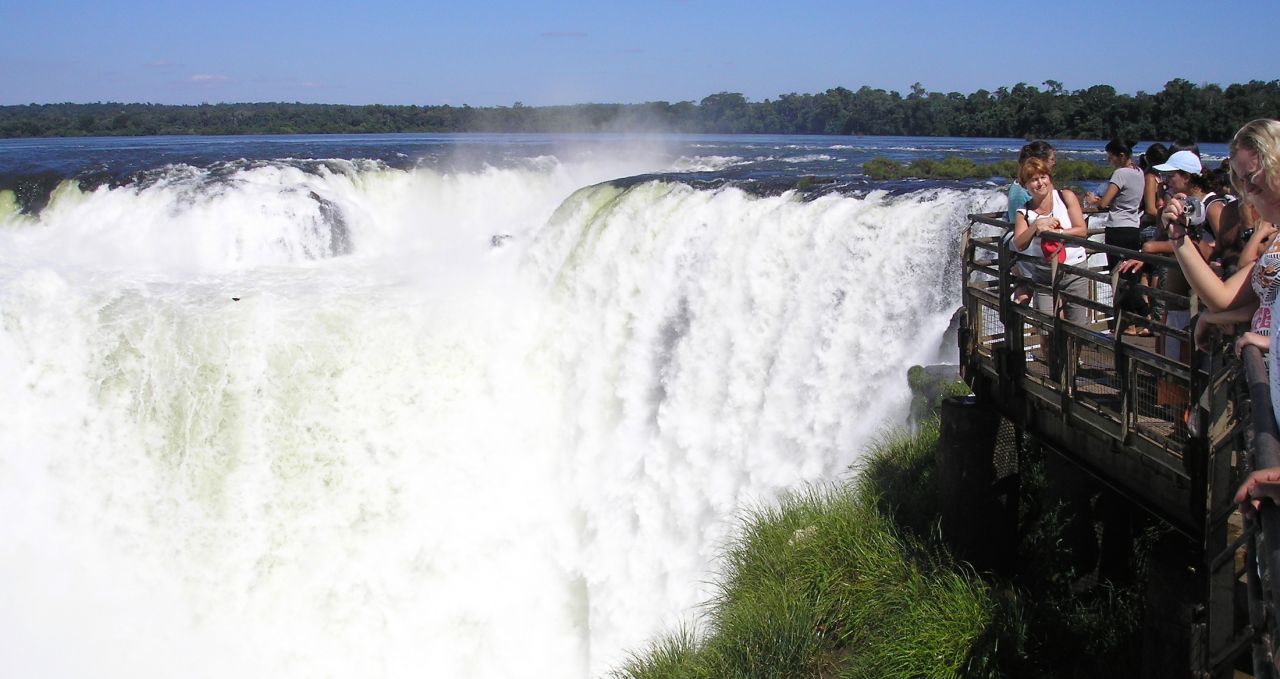
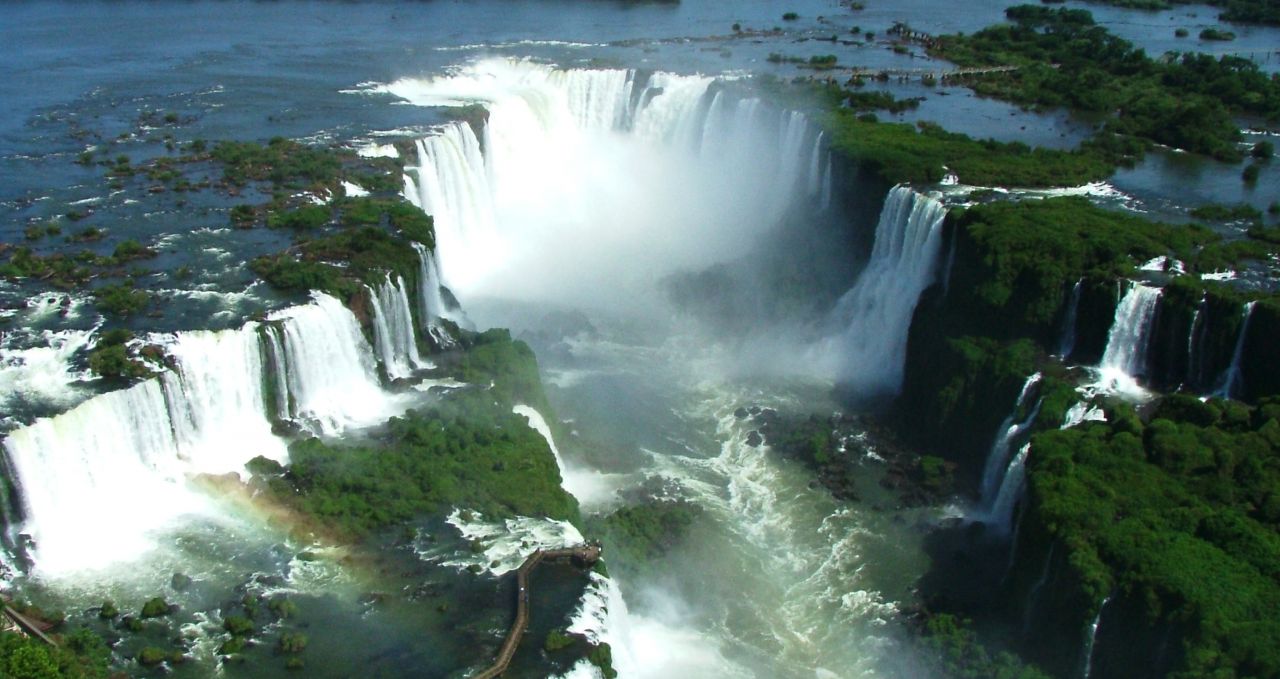
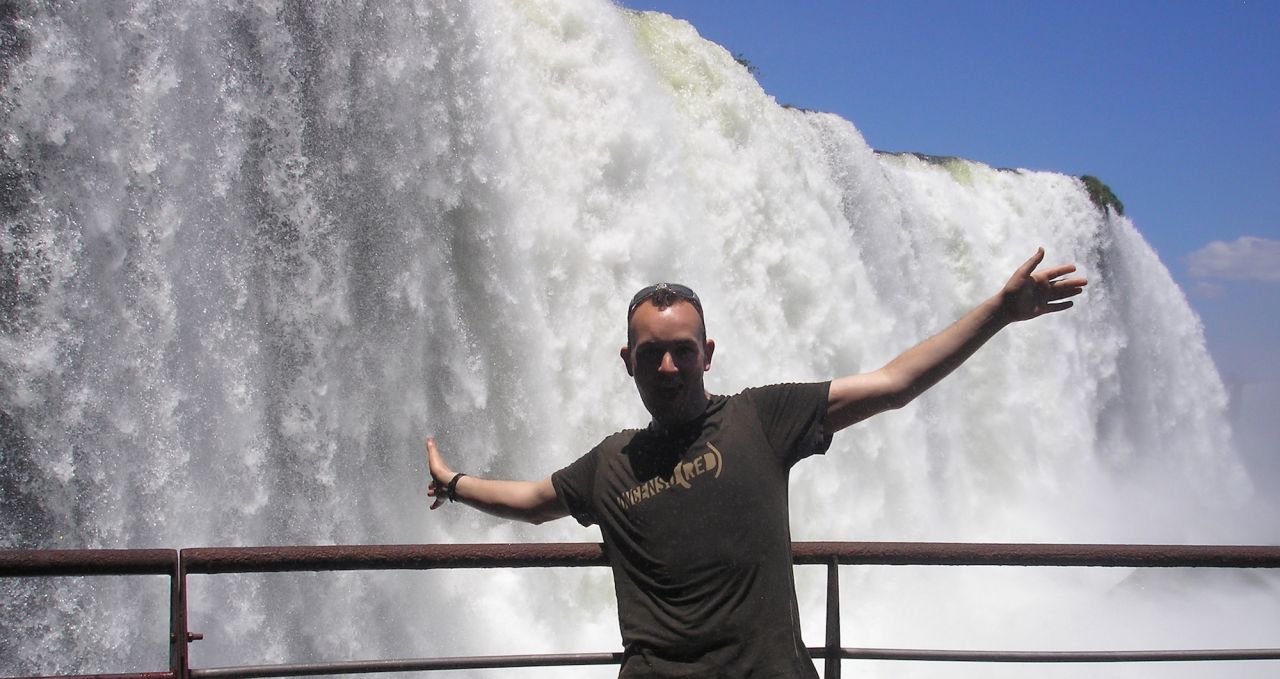
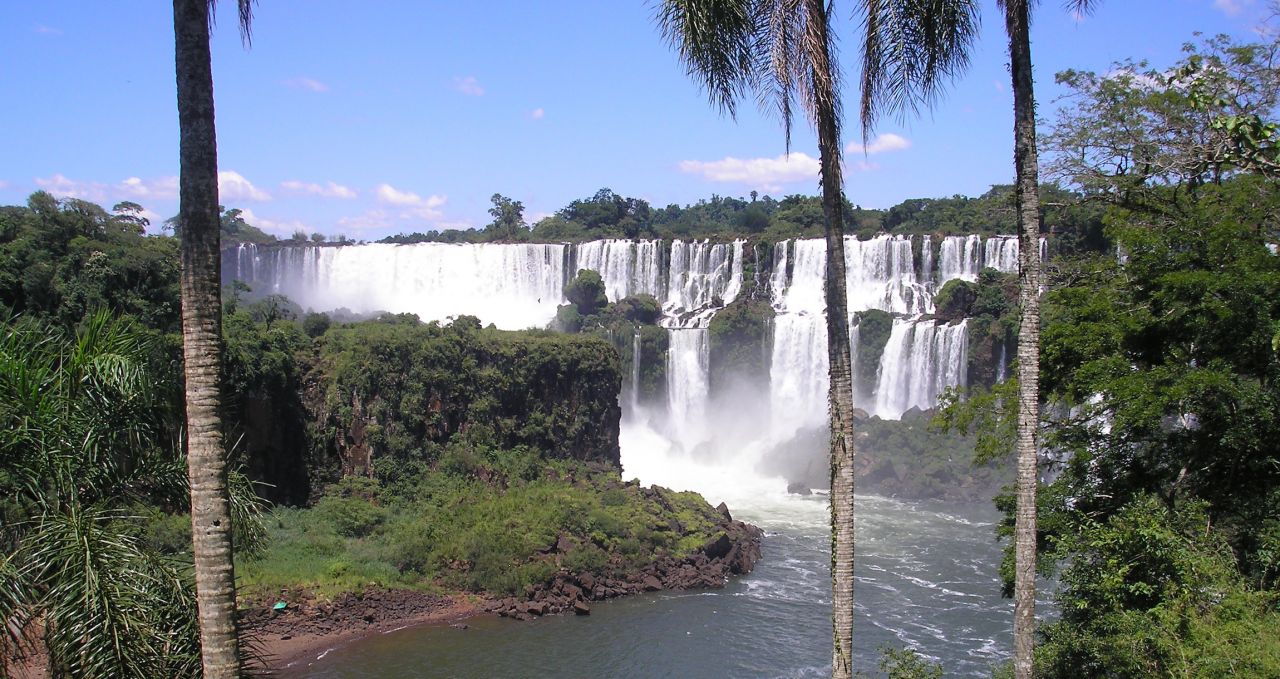
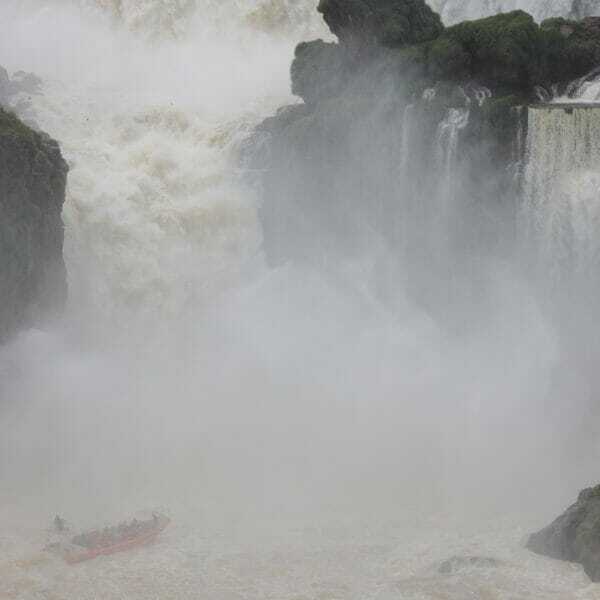
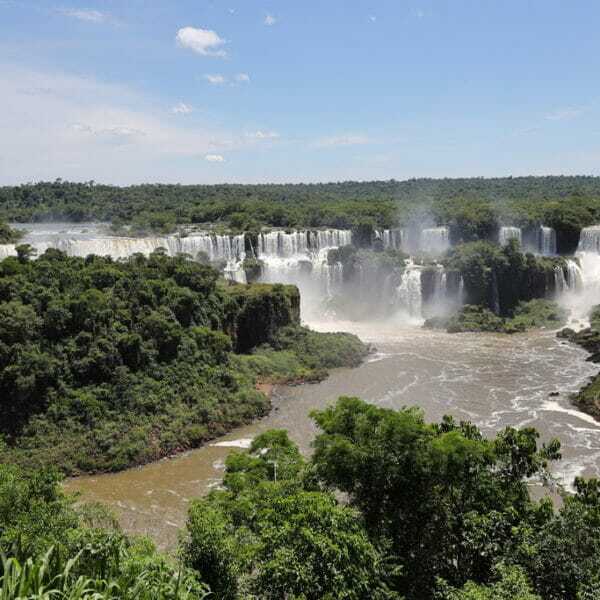
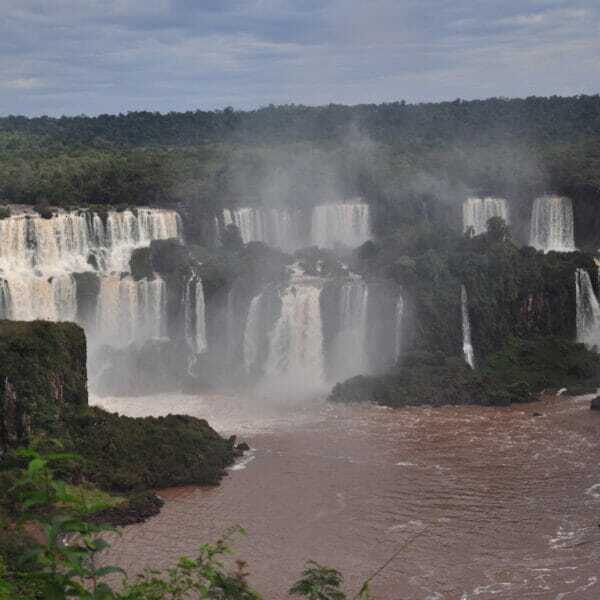
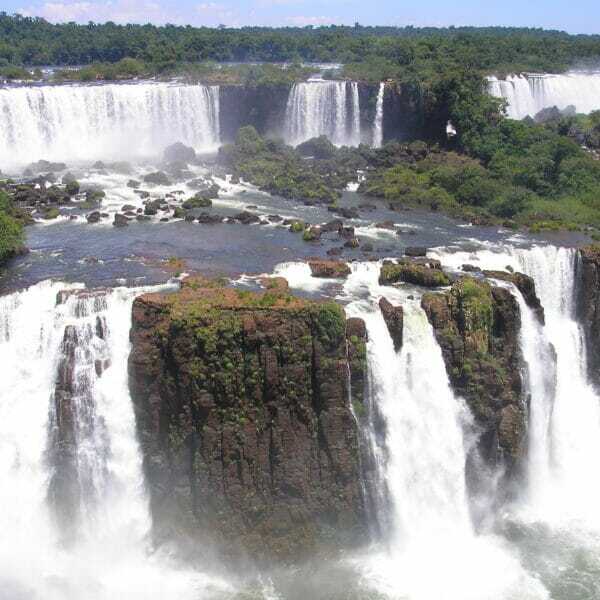
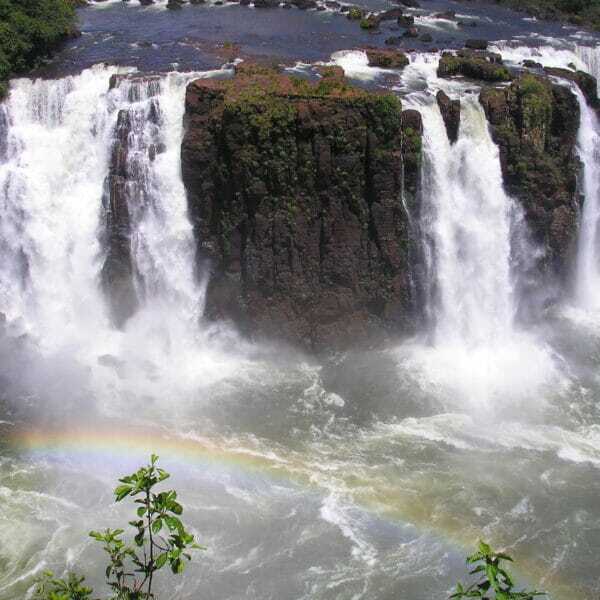
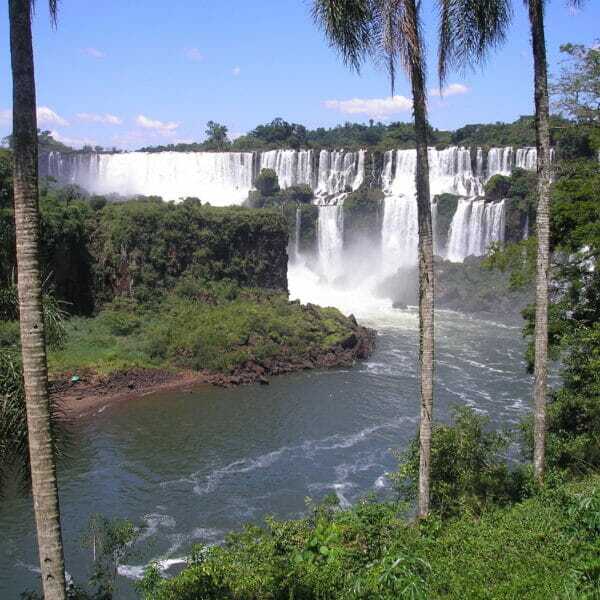
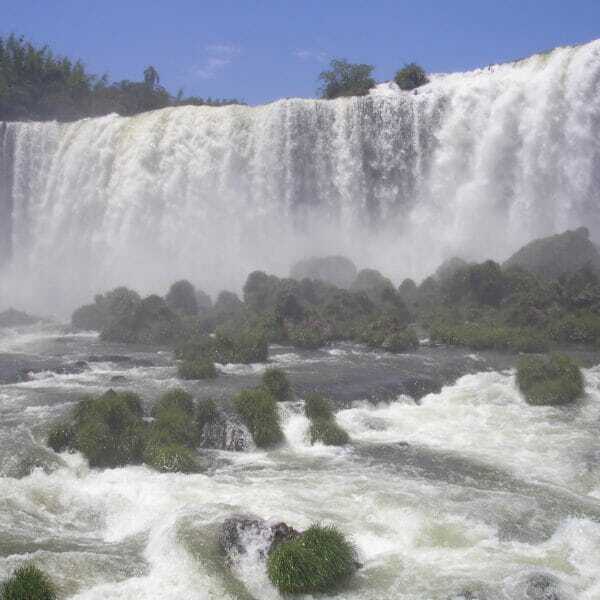
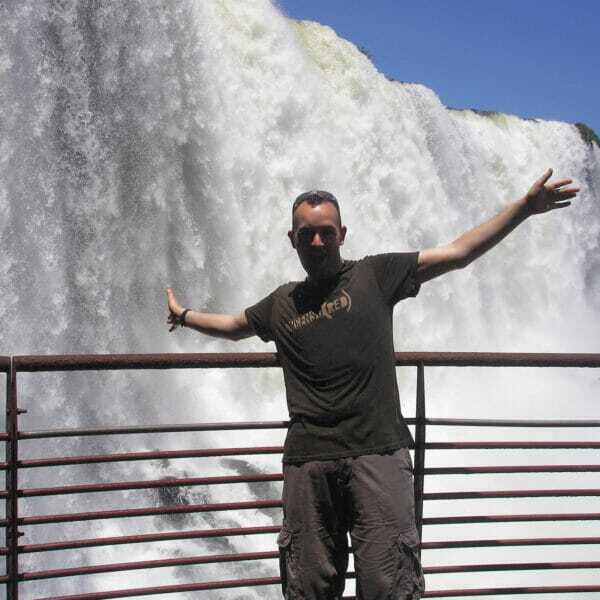
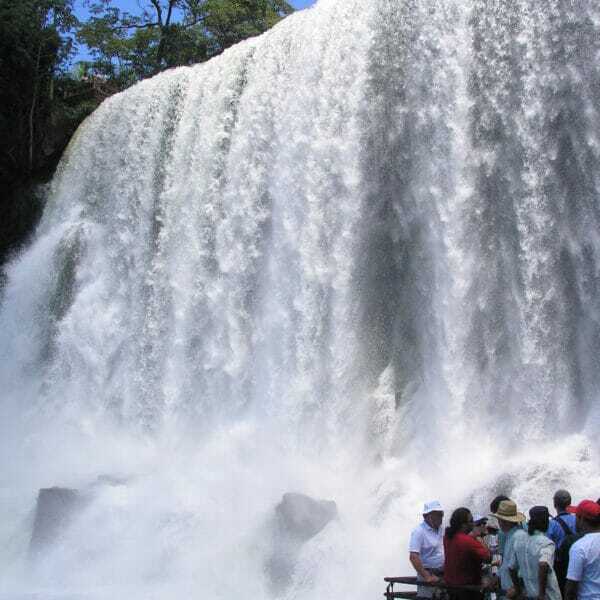
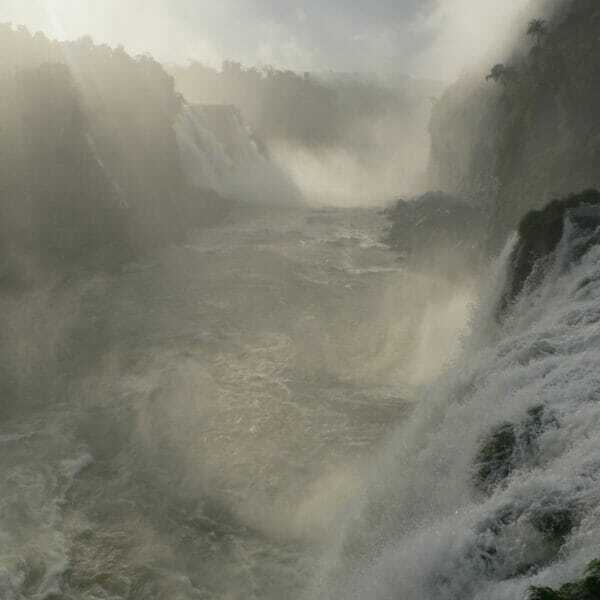
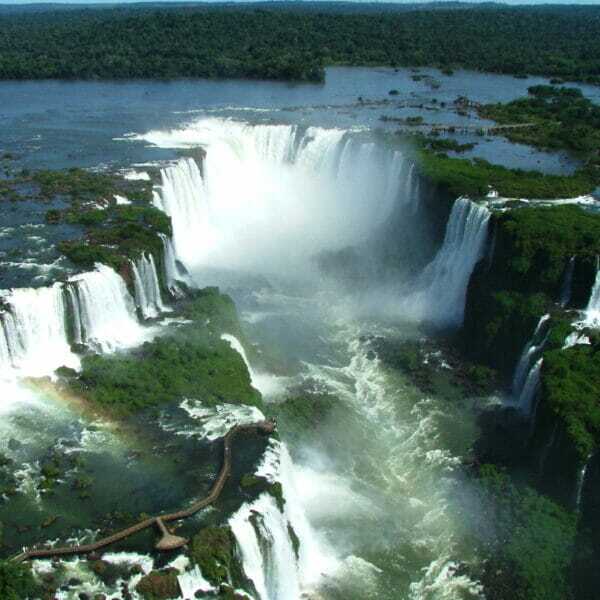
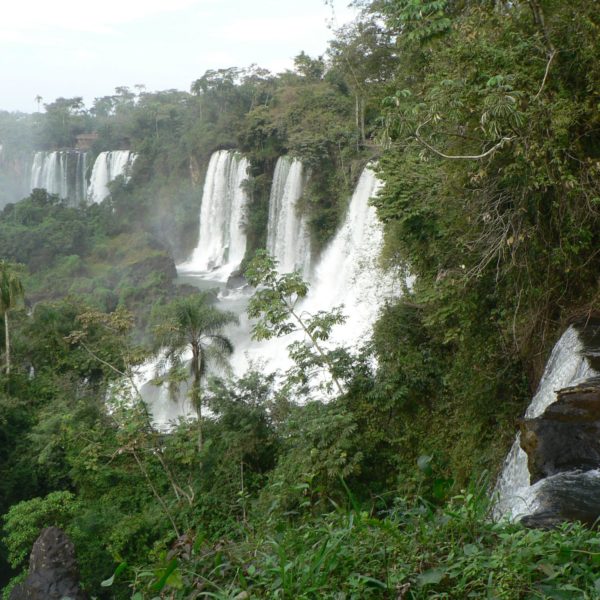
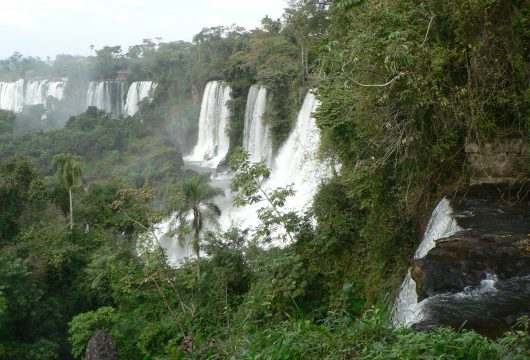
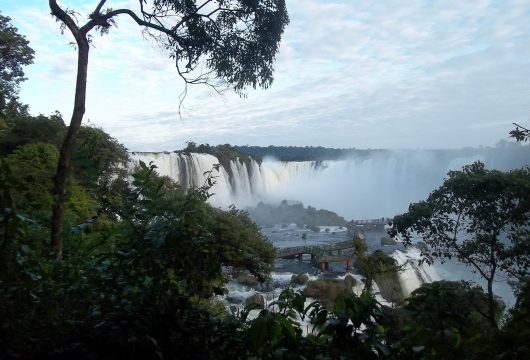
 a Tailor Made Tour
a Tailor Made Tour 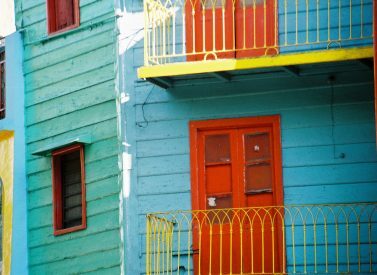
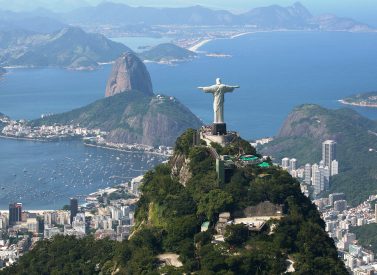

 a Group Tour
a Group Tour 